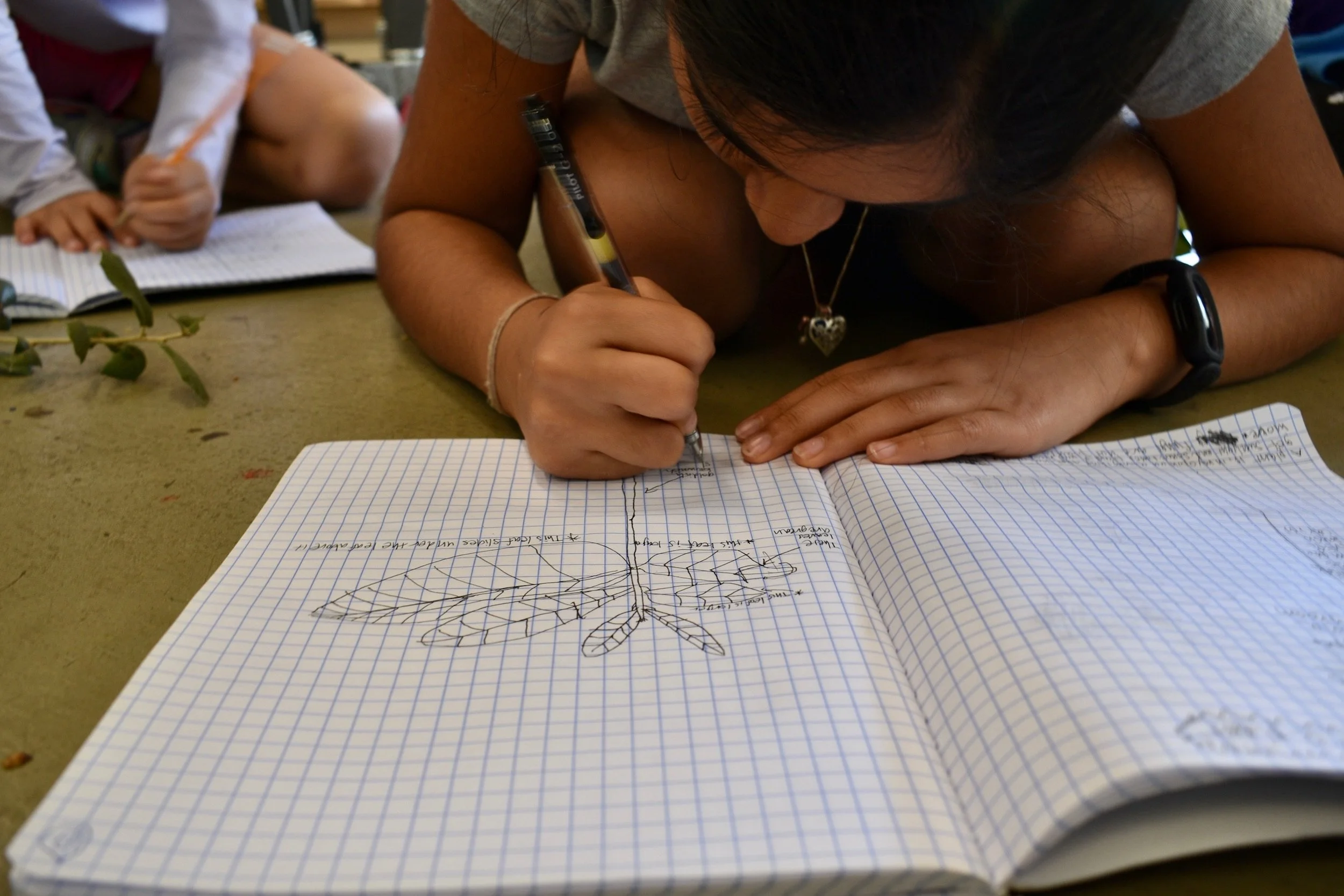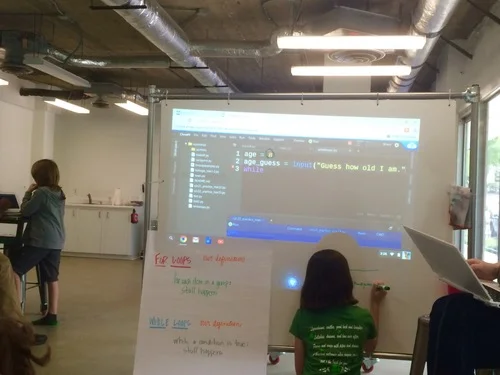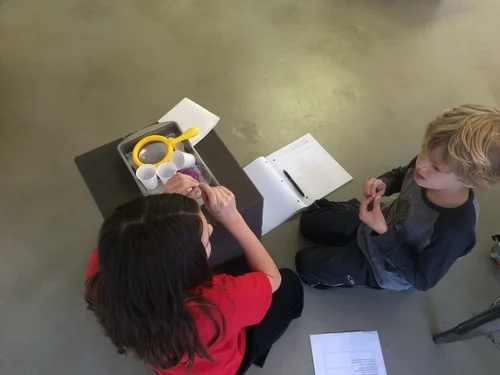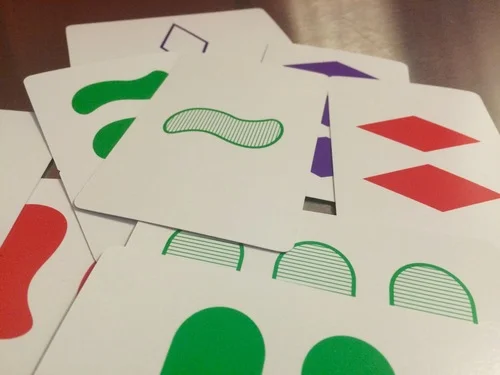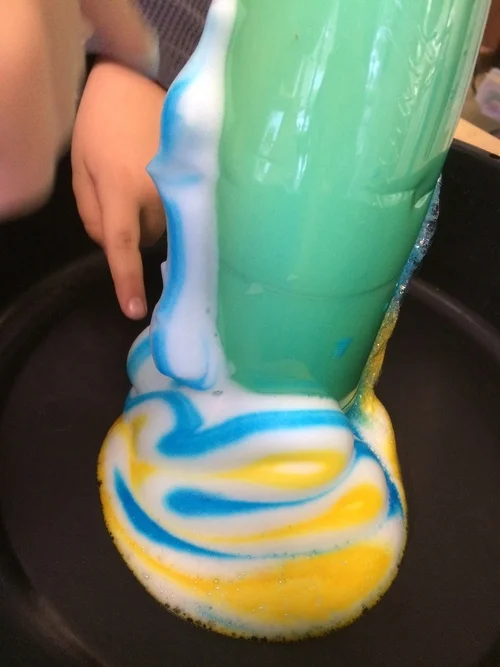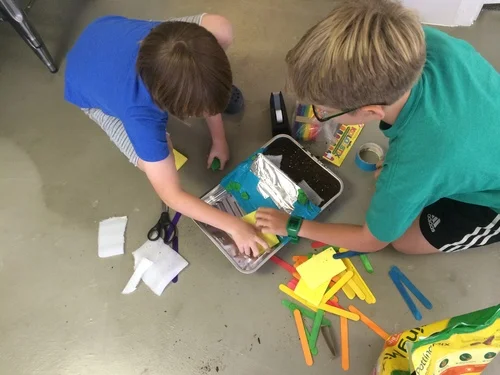A New Year Begins: Jumping for Joy
School is right around the corner and we are exited for our continued expansion! Last year we more than doubled our usable space and remodeled to create two spectacular learning labs and some small conference rooms. This year we have grown our student population and we are maxed out at 24 learners. And we can't wait to get to know them all even better! In preparation for school beginning (and because we couldn't contain our excitement) we issued the following press release:
NEW SCHOOL CHOICE IN AUSTIN: Is this the future of education?
AUSTIN,TX - August 18, 2016 - As schools open their doors this month, there is a new choice in education, a choice that is redefining education in Austin…
Read More
Making a Splash on the Last Day of School
What a day, what a year, what a fantastic group of students, what an amazing set of families, and what a forward-thinking set of educators! The 2015-16 school year has come to a close and we are grateful for a memorable year.
The story for this school year began last July, when a handful of parents said, "Can't you start a school?" (Backstory: They were intrigued with what we were doing through our work as The Number Lab, and they felt committed to our vision for education. We planned to start a school, but our launch was a year out.) When they persisted, and gave us the freedom to feel we didn't need to "fill" the school the first year and could think of it more as a prototype year, we were on board. We liked the idea of getting started, having the kids be part of the decision-making process, and iterating across the next years. We felt inspired and knew we had the opportunity to let go of old assumptions about schooling and really create something new….
Read More
Getting "Loopy" in Computer Science
Right now in Computer Science/ Coding we are learning about a very powerful tool – loops. Loops describe when we repeat an action for every item in a group or while a certain condition is true. Thus, we have two types of loops when programming with Python – for loops and while loops.
It can be helpful to think of loops in our everyday lives. Take icing cupcakes, for example. You bake 24 cupcakes and put icing on one cupcake at a time until you have iced all 24 cupcakes. Or you add pictures to Facebook and go through each one tagging your friends’ and family members’ faces until you get through all of the pictures. Both of these are examples of for loops. For each item in the group (cupcakes, pictures, etc.), something happens to the item (the cupcake gets iced, the picture gets tagged, etc.)
While loops are a little different…
Read More
Austin Energy Regional Science Festival
Science fairs are one of those quintessential elementary school experiences that students and parents love to complain about, and for good reason. In their worst form, parents do all the work, the artistry of the display board takes on outsized importance, and students lose track of what they are doing and why. But this bad reputation masks the underlying good bones of the idea: giving students a chance to participate fully in the process of doing science…
Read More
Ted Dintersmith, Executive Producer of Most Likely to Succeed, Visits Long-View
On February 5th, Long-View collaborated with the Thinkery and with WonderLab to bring the acclaimed edu-documentary, Most Likely to Succeed, to Austin. The two film screenings we hosted at Alamo Drafthouse were sold out as an enthusiastic group of 400 Austinites came to learn more about transformation in schools and to hear directly from the Executive Producer of the film, Ted Dintersmith….
Read More
Long-View Micro School Expands
Great news! We extended our lease at our current location and will more than double our usable space for the 2016-17 school year. Long-View is officially expanding, with a goal of being able to serve 20-24 students next year, or two cohorts of 10-12 students….
Read More
Coding a Card Game: Using Loops
A card game we played together recently inspired a new project we are working on during Computer Science/Coding. After breaking down the game and getting to the core of the rules and how the game flowed, we moved to writing pseudocode together. Then, a demonstration lead by Mrs. Lai involving articulating the steps of making a peanut butter and jelly sandwich helped us refine our understanding of the importance of not assuming anything while writing a program. We learned that writing our code out in a very clear and incremental fashion is necessary . . . when we didn’t have the steps of making a peanut butter and jelly sandwich articulated clearly enough, we almost put the peanut butter on the packaged loaf of bread! We refined our pseudocode with this new understanding and prepared to begin to code our game…
Read More
Elephant Toothpaste
Last week we pivoted in science from a focus through a series of lessons on how engineers solve problems to deeper work on the nature of science and how scientists think and work. Mrs. Swanson took the group through a demonstration that involved catalyzing the breakdown of hydrogen peroxide. The result of the very exciting demonstration was that a huge swath of thick foam poured out of the graduated cylinder, and the timely addition of food coloring made the foam look like large toothpaste, or “Elephant Toothpaste."
Read More
Engineering Solutions: Keeping Water at Bay
Engaging in the practices of engineering helps kids understand the work of engineers, as well as the links between engineering and science.
As problems are identified and solutions are needed, often times the solution is developed through the engineering design process. Engineers, like scientists, utilize a series of practices as they design solutions to solve meaningful problems…
Read More
Building Confidence at Long-View
Is your child exuding confidence as a learner in a way that he or she had not experienced in previous educational experiences? At Long-View, the academics are different, but so are the ways we facilitate learning. Independence and confidence are always on the horizon, and how we teach constantly stretches young children to become more independent and more confident.
Read More

